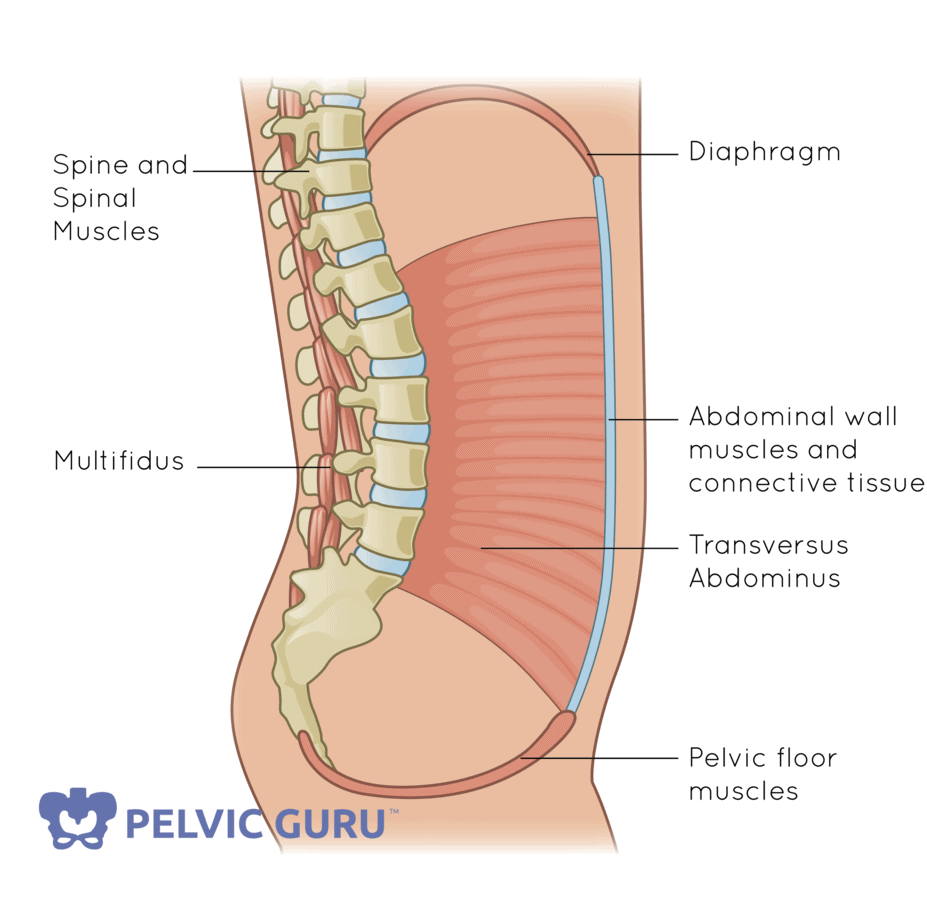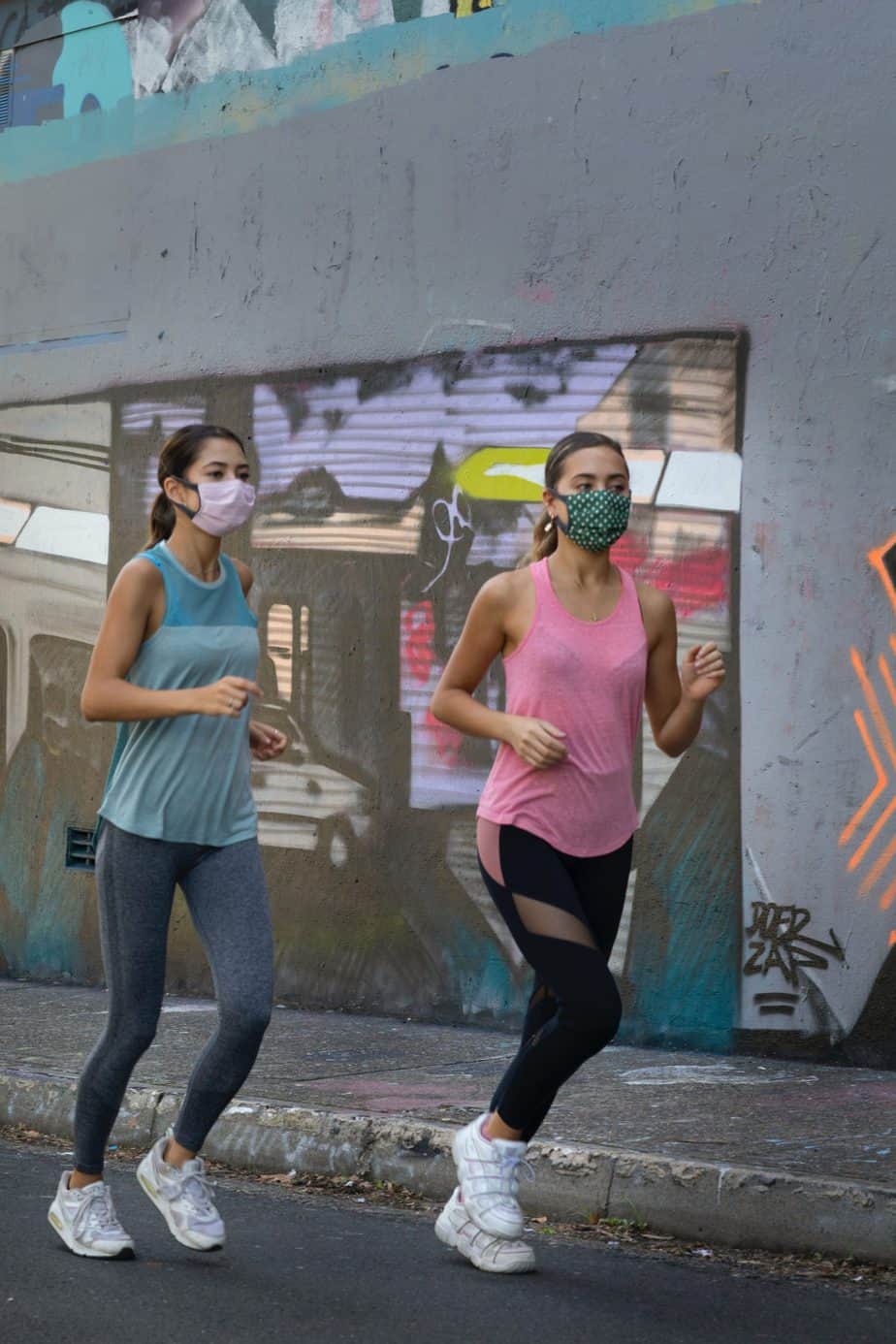Type of Treatment for Interstitial Cystitis

According to the IC Network, 3.2 to 7.9 million women and 1 to 4 million men suffer from interstitial cystitis (IC). Individuals with IC can have symptoms such as urinary frequency, urgency, difficulty with starting the urine stream, pressure, pain, spasms, constipation.
Treatment Options
There are many different types of treatments out there, from conservative management to surgery. The first line of conservative treatments consists of more natural remedies such as having adequate water intake. It is said that 6-8 glasses of water is sufficient. Urine color should be a clear pale yellow. A food diary can be done to discover any foods that may trigger symptoms. Hot or cold packs can be helpful to reduce discomfort. Relaxation techniques with a professional can be useful to reduce stress and improve muscle relaxation through guided meditation or imagery, or to learn stress management techniques and gain emotional support. It is also suggested that individuals try timed voiding techniques to improve bladder habits and to avoid possible triggers such as tight clothing. There are also over-the-counter supplements that can be useful to help symptoms such as Prelief (glycerophosphate) which can help to reduce acid food, and AZO (phenazopyridine) for bladder pain relief.
If the first line of treatments don’t help to relieve IC symptoms, individuals can opt to try step 2 treatments which consists of oral medications, bladder instillations, pain management, and physical therapy. Elmiron is the only FDA approved drug and it is said to coat and protect the bladder wall and prevent Hunner’s ulcers. Hydroxyzine is an antihistamine to prevent histamine activity on the bladder wall. Cimetidine reduces acid production in the stomach. Amitriptyline is an antidepressant. Bladder instillations are another treatment option when natural remedies haven’t helped to reduce IC symptoms. The bladder is filled with medication via catheter. Heparin or chondroitin sulfate can be used to coat the bladder wall, or hyaluronic acid, which is said to help alleviate inflammation as it is found in bladder mucosa naturally and binds to endothelial cells. Heparin can also be combined with lidocaine to decrease discomfort and hyaluronic acid can be paired with chondroitin sulfate to reduce symptoms. Pelvic physical therapy can also help to reduce symptoms and pain. A pelvic floor therapist will evaluate the individual and identify muscle dysfunction. Stretches and relaxation techniques will be given to the individual to aid in muscle lengthening and symptom reduction.
Step 3 treatment of IC consists of hydrodistention with cystoscopy or treatment of Hunner’s ulcers. Hydrodistention with cystoscopy allows physicians to take a much closer look at the bladder wall. It’s use, however, is controversial. The American Urological Association no longer suggests that it be used as a diagnostic method unless a diagnosis is in doubt. The Canadian Urology Association does not recommend this procedure at all.The Europeans, on the other hand, require a hydrodistention before they will make a diagnosis of IC/BPS.
Step three treatment can also involve treatment of Hunner’s ulcers or lesions. These are painful areas of inflammation in the bladder wall which do not generally respond to traditional oral medications and/or bladder instillations, requiring more aggressive therapy. Hunner’s lesion treatment occurs during the hydrodistention procedure.
Treatment for Hunner’s Lesions
There are different ways to treat Hunner’s lesions:
1. Fulguration & Laser Therapy (aka Cauterization) uses heat or electric current to burn the area of the lesion to destroy the local nerves in the area which can cause a decrease in the substances which trigger the inflammation. This can be helpful in decreasing pain for many years, but, for some patients, further treatment may be needed. Scar tissue may result in reducing bladder capacity.
2. Triamcinolone Injection into the Hunner’s ulcers is another option and does not cause scarring on the bladder wall.
3. LiRIS a medical device that delivers lidocaine into the bladder for a two week period. In their first study for pain, the researchers found that lesions also responded favorably to treatment. Corresponding with the lesion changes, the women benefited with reductions in pain, voiding frequency, and other IC-related symptoms and problems that were sustained during the post-treatment follow-up. Allergan “deprioritized” LiRIS and suspended all further research in 2018.
4. Surgical resection of the lesion is not recommended by the American Urology Association, but it is a treatment option that urologists have that is out there. This procedure can result in a smaller, less flexible bladder wall which can also reduce bladder capacity.
Written by: Roseanne Cruz Schoen, DPT
References: IC Network https://www.ic-network.com/







